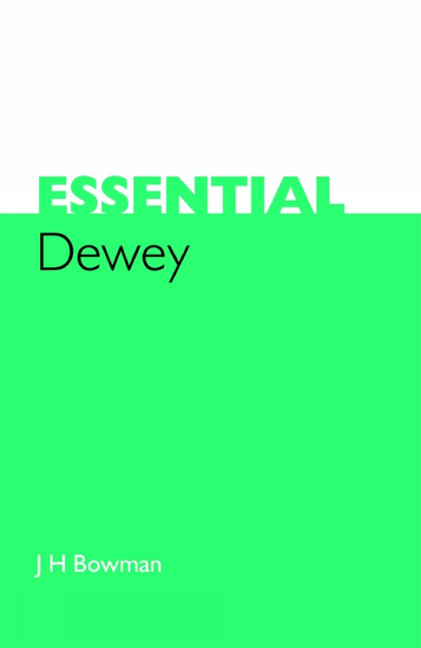Book contents
- Frontmatter
- Contents
- Preface
- 1 Introduction and background
- 2 Outline of the scheme
- 3 Simple subjects
- 4 Number-building, 1: Standard subdivisions
- 5 Number-building, 2: Other methods
- 6 Preference order
- 7 Exceptions and options
- 8 Special subjects
- 9 Compound subjects
- 10 WebDewey
- Answers to exercises
- Bibliography
- Index
1 - Introduction and background
Published online by Cambridge University Press: 08 June 2018
- Frontmatter
- Contents
- Preface
- 1 Introduction and background
- 2 Outline of the scheme
- 3 Simple subjects
- 4 Number-building, 1: Standard subdivisions
- 5 Number-building, 2: Other methods
- 6 Preference order
- 7 Exceptions and options
- 8 Special subjects
- 9 Compound subjects
- 10 WebDewey
- Answers to exercises
- Bibliography
- Index
Summary
Purpose of classification
In this book we are learning about one particular library classification, but before doing that we need to consider classification in general. We associate classification particularly with libraries, but in fact many things that we do involve classification. When we go shopping we have to decide which shop to go into, because shops generally deal only with certain kinds of goods. When we get inside we have to find the right part of the shop, and in most cases goods which are similar are grouped together. In a supermarket we expect to find butter near to cheese because they are both dairy products. We may or may not also find milk nearby; if we do not, it is because milk may require a different kind of storage and display.
This may seem a trivial example, but in fact it illustrates a perennial problem with classification of all kinds. Classification is essentially just grouping, putting like with like, but there is usually more than one way of classifying things. For example, we usually find that frozen fish is in a different place from fresh fish because it needs different storage conditions, and in this case the nature of the storage takes precedence over the nature of the goods.
It is just the same in libraries. Library classification has two main purposes:
• to put similar items together, thereby also separating them from different subjects
• to arrange the subjects generally in some kind of rational order.
Each of these presents difficulties. I do not propose to discuss the second purpose at all in this book; it has been a much debated subject, and different classification schemes have arrived at different orders for the main subjects. The main class order in Dewey may not be ideal, but it is the way it is, and there is no likelihood that it will ever be changed, which means that we just have to accept it.
Going back to the first purpose, there are usually several ways of determining what is ‘similar’. Many libraries make a fundamental division by physical form, so that, for example, videos are shelved separately from books; others try to integrate all formats into a single sequence based on subject.
- Type
- Chapter
- Information
- Essential Dewey , pp. 1 - 6Publisher: FacetPrint publication year: 2004



